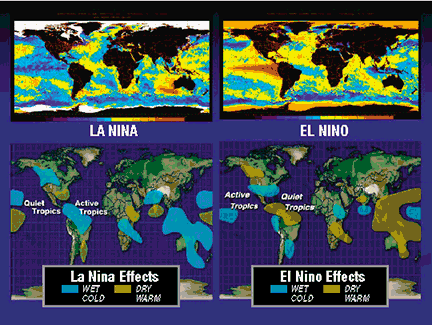COMMODITIES
Drought = Bad Or Good?
Weather And The Ag Markets
When trading agricultural commodities it is important to have a solid understanding of how weather affects these markets. Here's a quick lesson.
The tremendous volatility in many of the agricultural commodity markets during 2008 was at least partially due to the impact of weather, in particular the record flooding in the Plains and the Midwest. As larger entities (investment banks, hedge funds) continue to move into the agricultural markets, their influence will likely change the dynamics of the marketplace.
A similar paradigm shift has occurred during the past decade in the energy markets, where deregulation has resulted in more liquidity and volatility due to the impact of weather. Since these big players already understand how weather can affect the energy markets, they will likely bring that knowledge with them as they expand into the corn, wheat, and soybean markets, among others. For this reason, it is important for the smaller trader to develop a solid understanding of how various weather phenomena influence these crops and their market prices.
From Observations To Forecasts
Enormous improvements have been made in recent decades in the real-time gathering and processing of global weather information. Daily reports of global temperature and precipitation are available early the following day. Until recently, only this set of observations represented most of the weather’s impact on the agricultural markets. Traders were only interested in what had just happened, rather than what might happen.

FIGURE 1: el nino and la nina. On average, global temperatures are above normal during El Nino events and below normal during La Nina events.
However, as the accuracy of weather forecasts continues to improve, many are beginning to use these predictions to make trading decisions. Global computer weather models, extending out as far as 16 days, are run up to four times daily; and the forecasts from many of these models are available online. Forecaster interpretations of these models are available from the National Weather Service or from various private weather-forecasting vendors.